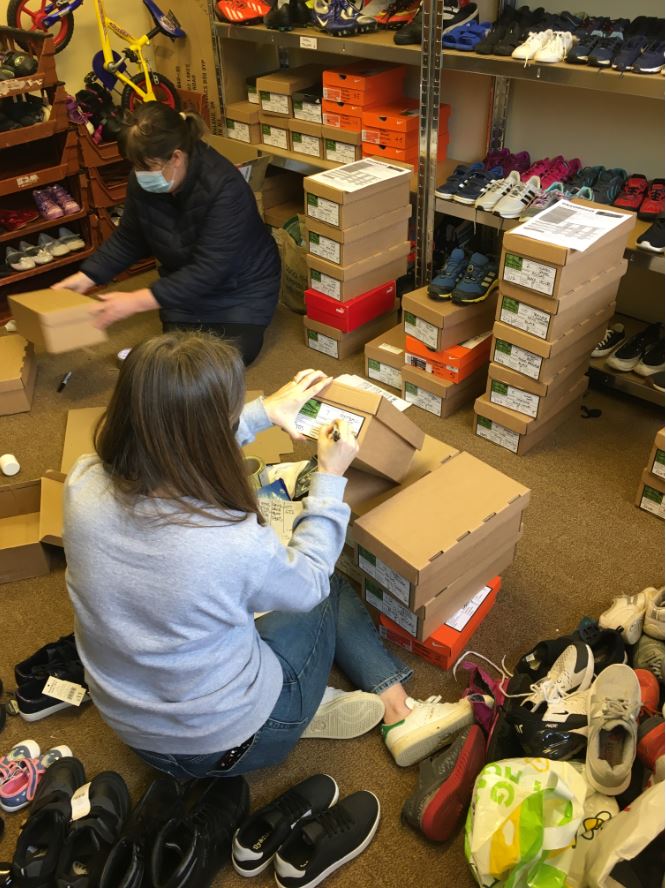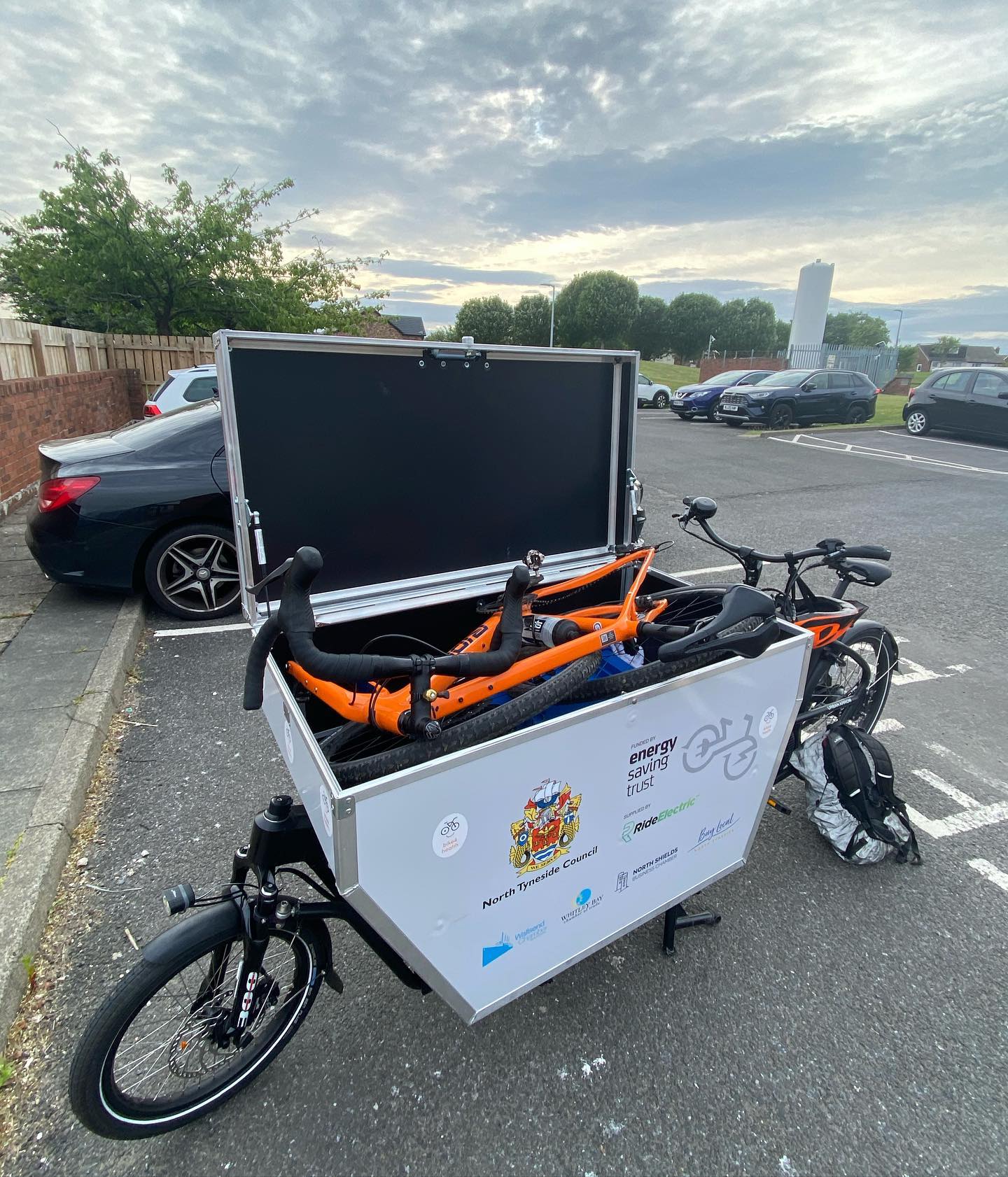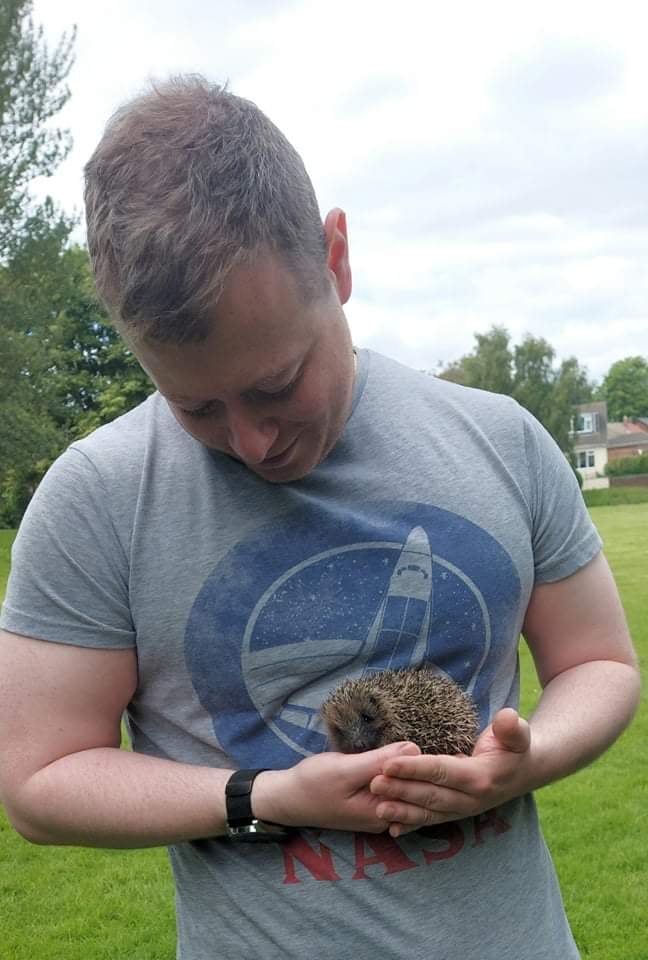
Following the 2015 General Election, statistics show a considerable imbalance in the number of female MPs in parliament in comparison to their male counterparts.
Despite making up roughly half of the UK’s population, only about 29 per cent of current MPs in the House of Commons are women.
MEP for the North East, Jude Kirton-Darling, said: “[Women are] significantly underrepresented in Parliament, and in positions of power in general. Obviously there is a long way to go until total equality is reached, and this is especially evidence in the gender breakdown of the House of Commons.”
Almost half of the current MPs in the North East are female, 13 out of 29 in total. This makes the region the most equally represented in the UK in terms of gender, followed by London and then the North West of England.
Despite noting that “the rise in the number of women in Parliament in the North East has increased significantly since 1997,” the MP for North West Durham Pat Glass said: “We are 50 per cent of population and should have 50 per cent representation.”
Sharon Hodgson, MP for Washington and Sunderland West, also expressed her concerns saying that there are “more male MPs currently sitting in Parliament than the number of women in total who have been elected to Parliament since 1918, there is still a long way to go.
“In 2016, this clear gender disparity in politics is unacceptable and it is important when International Women’s Day comes around that we make the positive case for more female representation in Parliament and ensure women are encouraged, rather than deterred, to be visible and active within our democratic processes.”



